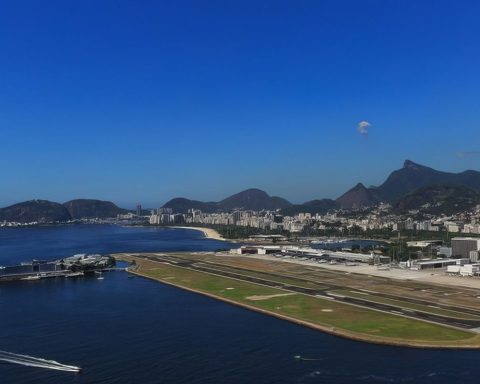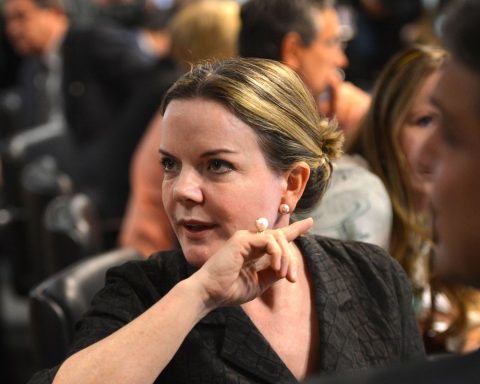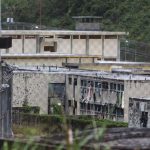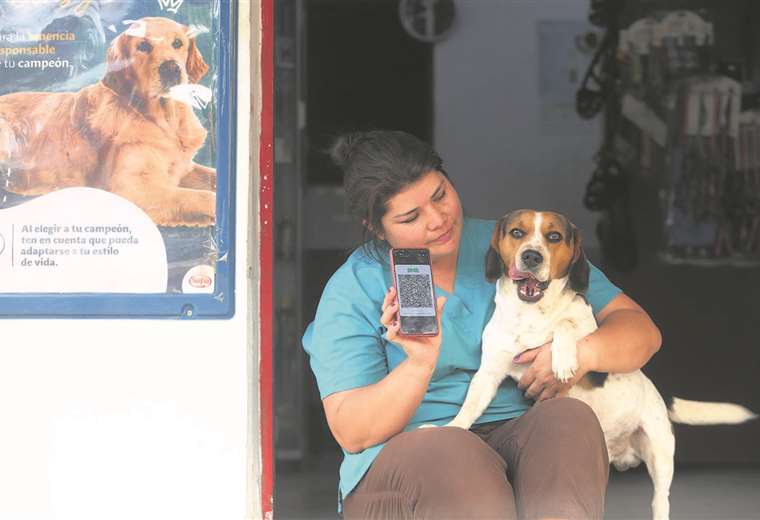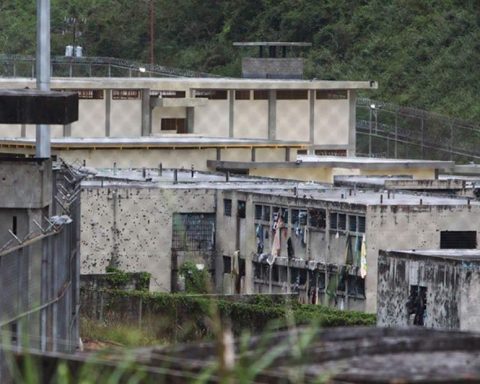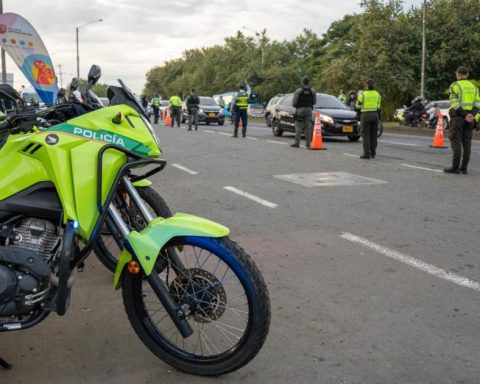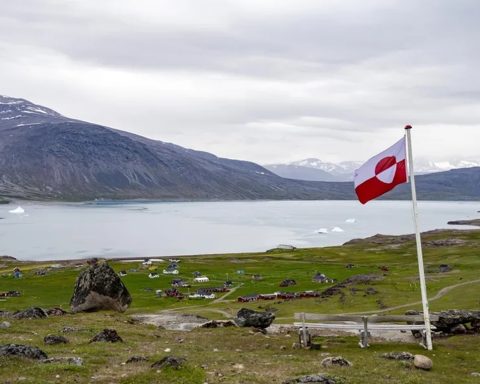A new exhibition starting today (13th) at Instituto Moreira Salles (IMS), on Avenida Paulista, in São Paulo, features little-known photos and films produced in Brazil between the 1890s and 1930s, in the period known as First Republic. the show called Modern by the Avesso: photography and city, Brazil, 1890-1930has free admission and runs until February 26, 2023.
At that time, few professionals and amateurs had cameras. Even so, the exhibition curated by Heloisa Espada with the assistance of Beatriz Matuck, managed to find a vast amount of material produced in capitals such as Rio de Janeiro, São Paulo, Porto Alegre, Belo Horizonte, Recife and Belém. The photos, many of them taken in the streets, present not only images of these capitals being modernized, but also records of the expansion of photography and cinema, two artistic expressions that were left aside in the Modern Art Week of 1922.
“The Week of 22 was not enough to think about modern Brazilian art. It was a very important event, but it didn’t talk about everything. He left out a lot of things, including photography and cinema,” said Heloisa Espada. “The avant-garde was still very prejudiced against photography in the 1920s. Photography was seen as a mechanical and scientific record, not as a possibility to reflect on the world,” she added.
For the exhibition, almost 320 items were selected that present, for example, images of the collapse of Morro do Castelo in Rio de Janeiro, the transformation of Recife Velho, the hangovers in Rio, the Círio de Nazaré in Belém, the celebration of the Centenary of Independence and child labor scenes in silent cinema.
The idea of the exhibition is to seek a counterpoint between the official images of urban reforms, associated with the belle époque and the modernization of the Republic, and what was tried to hide, destroy, erase or leave aside about this period. “The idea was to bring in little-known things, mixing photography and cinema and also putting known things, side by side, so that we could think about this period in a broader way”, stated Heloísa.
“When we talk about modern, the first thing that comes to mind is something that is current, that is developed, that represents progress. But the modern also presupposes the destruction of the past. Modern by Avesso is a little bit the idea of thinking, through photography and a little bit of cinema, what this modernity means in Brazil, which was an ambiguous and contradictory process. At the same time that [as fotos] they show technical and technological sophistication, they show barefoot people on the streets, a very precarious life and a population that has not been incorporated into this modern society”, highlighted the curator.
The selection for the show includes illustrated magazines, magic lantern projections, stereoscopes and photographs in different formats, such as postcards. Silent films will also be shown. “Most of the photography in this period was unofficial. The Public Power in Brazil immediately noticed the power of persuasion in photography and cinema. In the case of Brazilian cinema, most of the production of the period that has survived is of films commissioned by the State Government, such as social events, which were shown in the cinema before or after the fiction films. This was a form of demonstration of power”, said the curator.
The exhibited materials come from the IMS collection and from another 28 collections, including private and institutional ones, such as the Joaquim Nabuco Foundation, National Library, Museu Paraense Emílio Goeldi and Museu de Porto Alegre Joaquim Felizardo.
The set ranges from images produced by renowned photographers, such as Vincenzo Pastore, Alberto de Sampaio and Augusto Malta, to lesser-known names, such as Francisco Rebello, who recorded life on the streets and Carnival in Recife in the 1920s; and Olindo Belém, author of a 527 cm wide panoramic view of Belo Horizonte, taken in 1908.
The selection also features cinematographic productions, such as silent films lips without kisses (1929) and Limit (1931), which feature close-ups and distorted framing, typical of European avant-gardes, made by Edgar Brasil, director of photography for both.
“I hope the show is a way for us to reflect on these structures, which makes us, here in Brazil, be stuck in the past and never be that country of the future that was promised and never arrives”, said the curator.
As part of the parallel program, the exhibition will also feature a series of activities, such as a course on magic lanterns. The schedule will also include a screening of the film. Storm, with a live soundtrack. More information can be obtained at site of the IMS .




